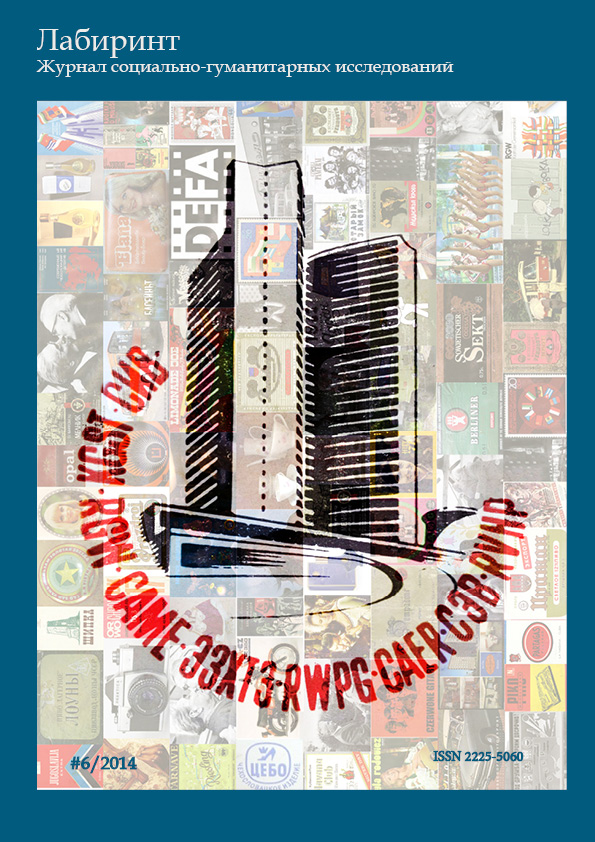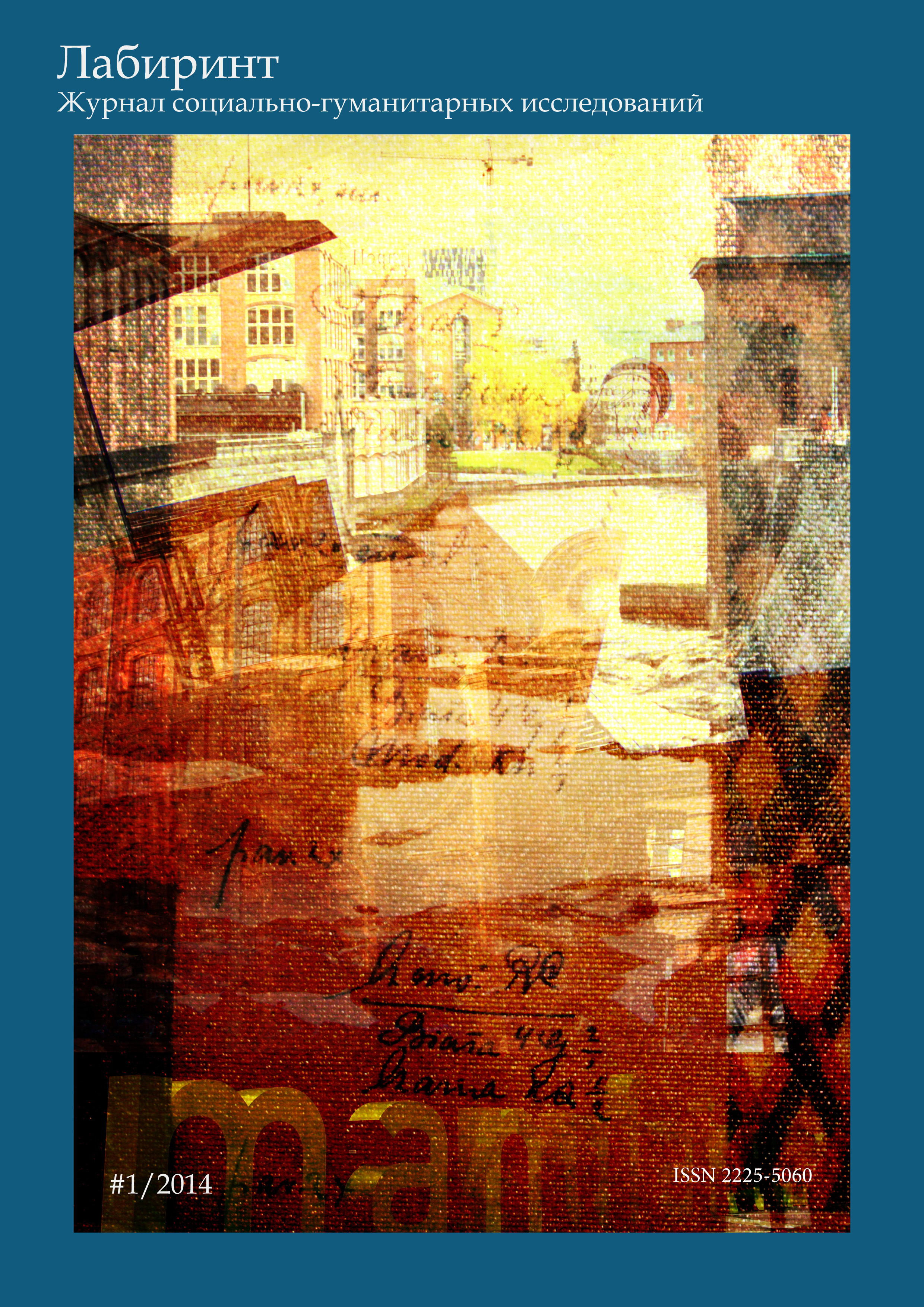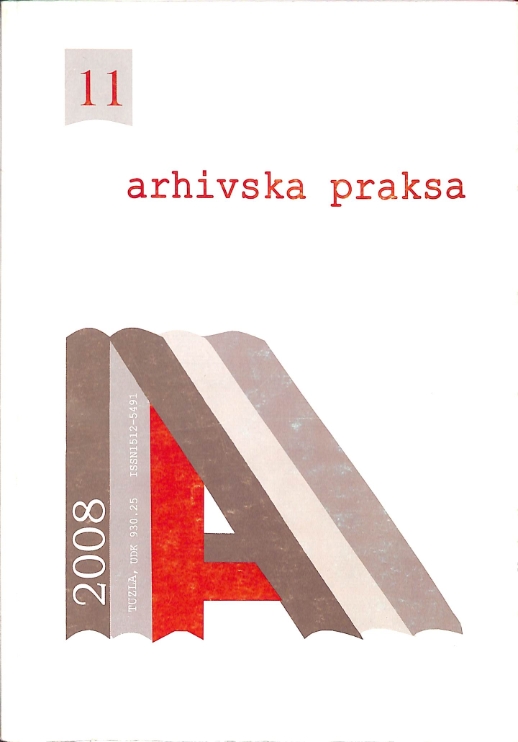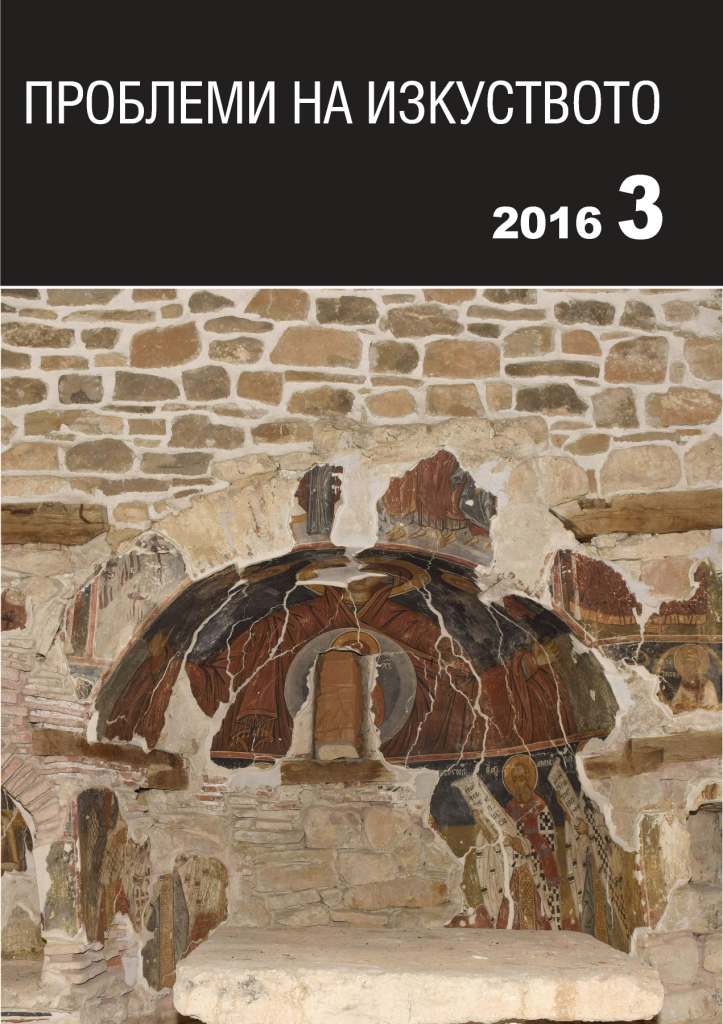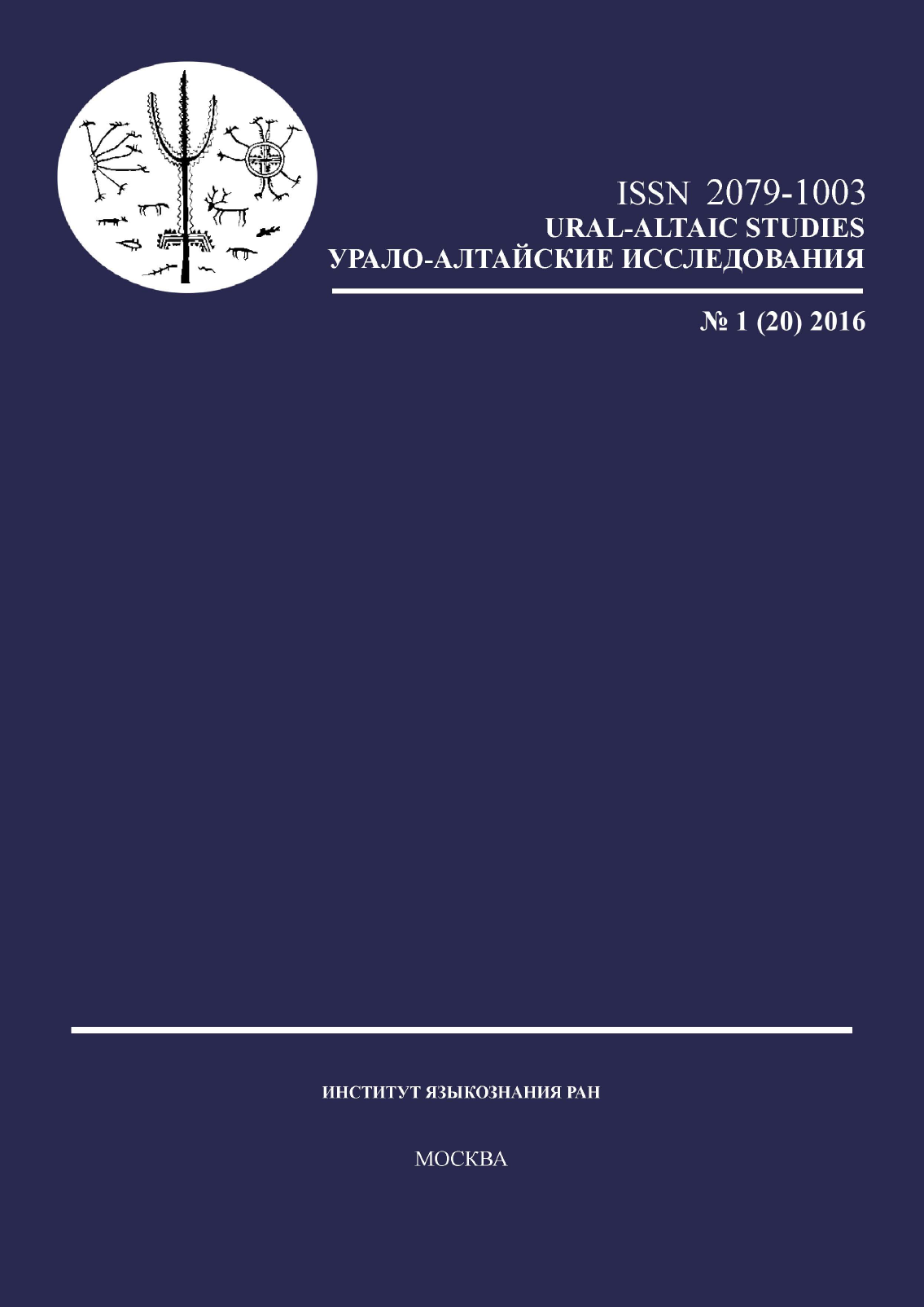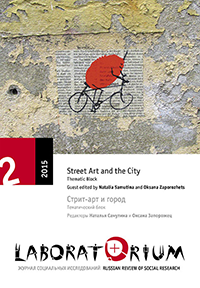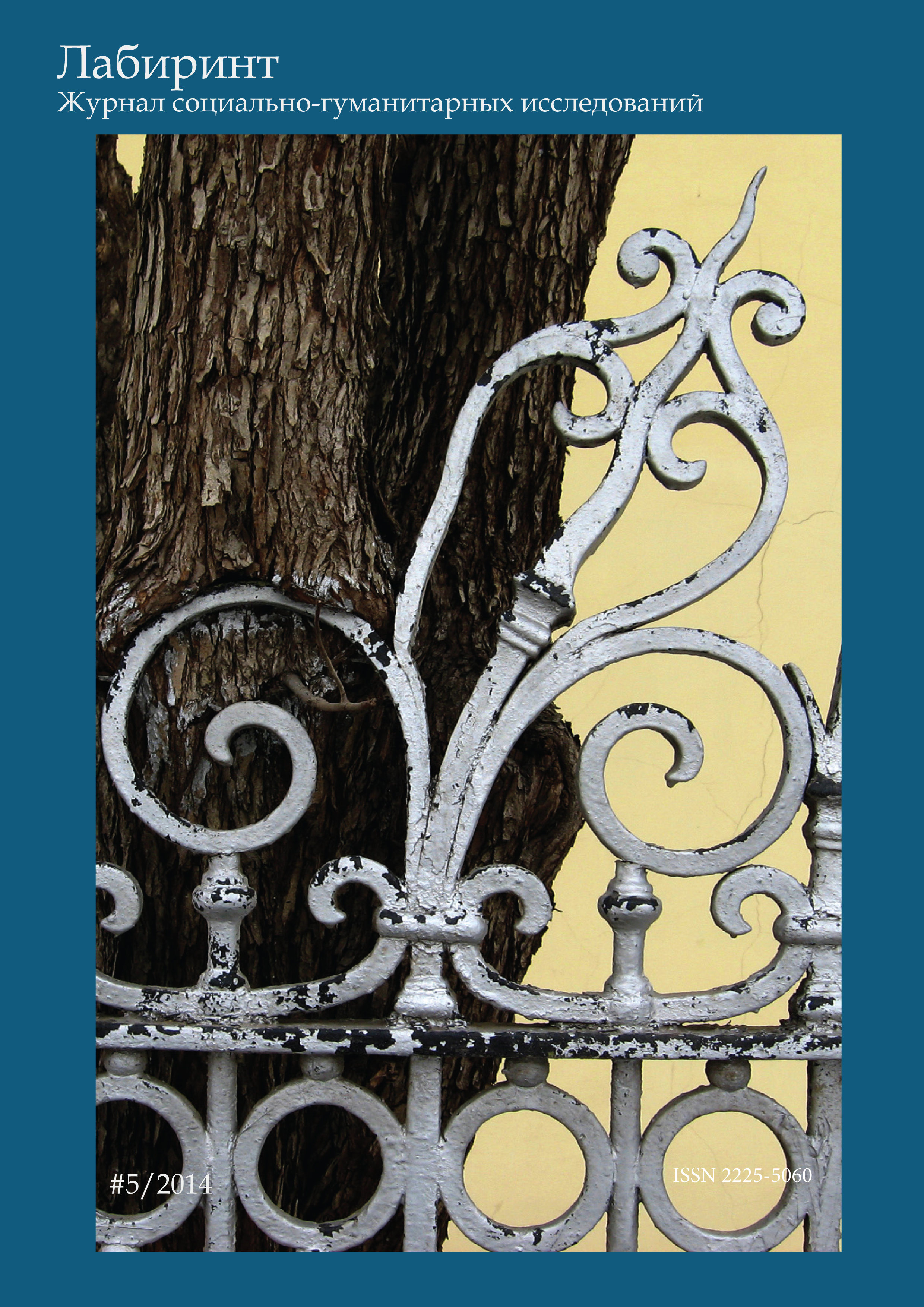
МУЗЕЕФИКАЦИЯ СССР
The author analyzes the ways of presenting of the carried out projects aimed at museumification of the Soviet cultural heritage. The study offers the possible approaches to museumification of “the Soviet” in Russian provinces. Besides, the author conducts a comparative analysis of museum practices in Eastern Europe and Russia. The author points out the local resources which can be used nowadays in order to actualize the Soviet discourse and attract attention to them. The study analyzes the approaches ascribing the popularity of “Soviet” museum projects to nostalgia. The author enumerates the opportunities and ways which can be used to attract the youth. Attention is also paid to the role of the “analog” and the “digital” methods in the creation of museum exhibitions. The variants of a system strategy of museumification of the Soviet heritage at the local, regional, and federal levels are presented in the article.
More...
